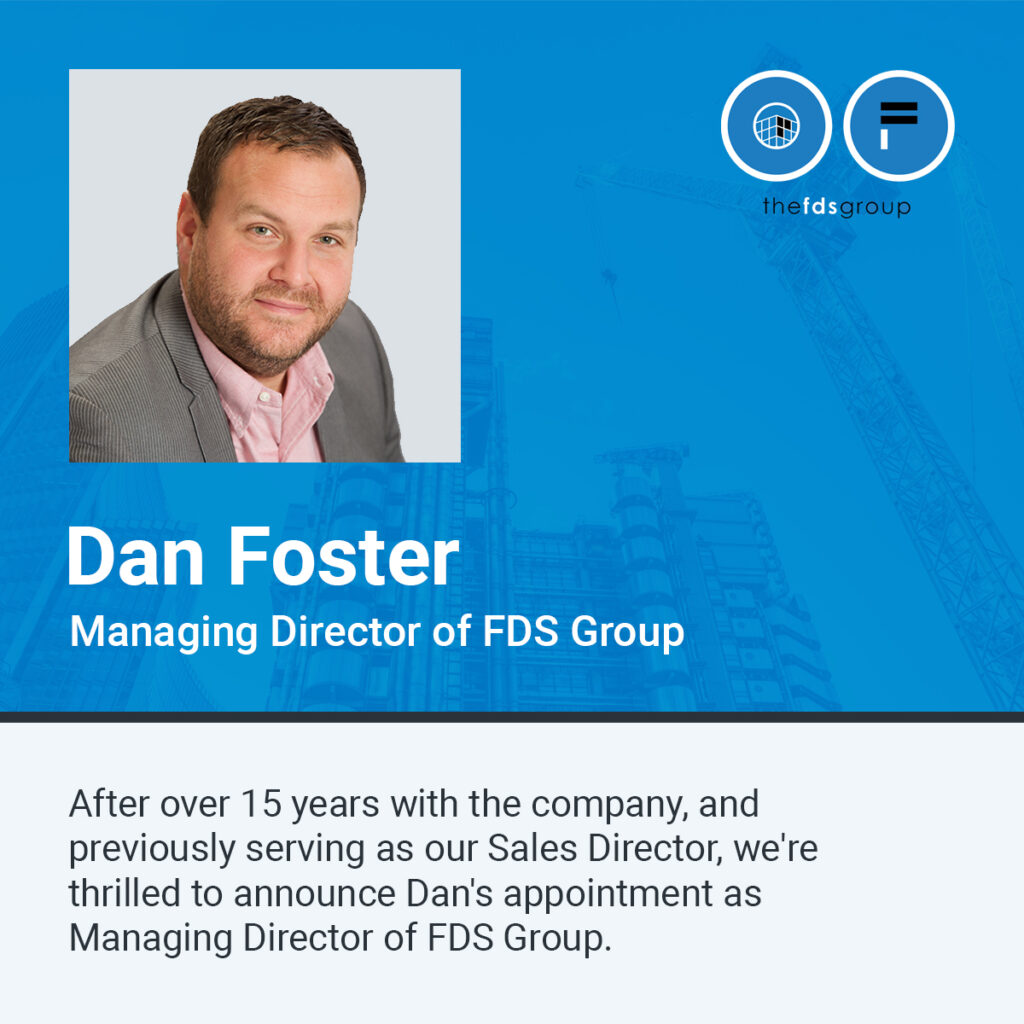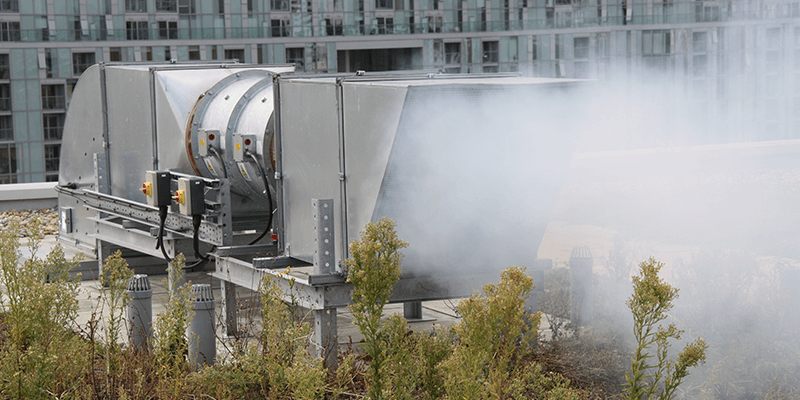Is Gateway Two becoming a roadblock on your project?
If you’re a Main Contractor, M&E Contractor, or Developer navigating the new Building Safety regime, you’ve likely felt frustration. Gateway Two, the Building Control approval stage for Higher-Risk Buildings (HRBs) under the Building Safety Act, was meant to ensure safety, however, it’s also created a bottleneck.
Recent reports reveal that roughly 70% of Gateway Two submissions are being rejected because they “don’t meet the legal requirements”.
That’s an astounding figure, and it’s causing project delays and headaches across the industry. In this article, we’ll explore why these delays are happening and how efficient smoke ventilation design can help you achieve smoother, faster approvals.
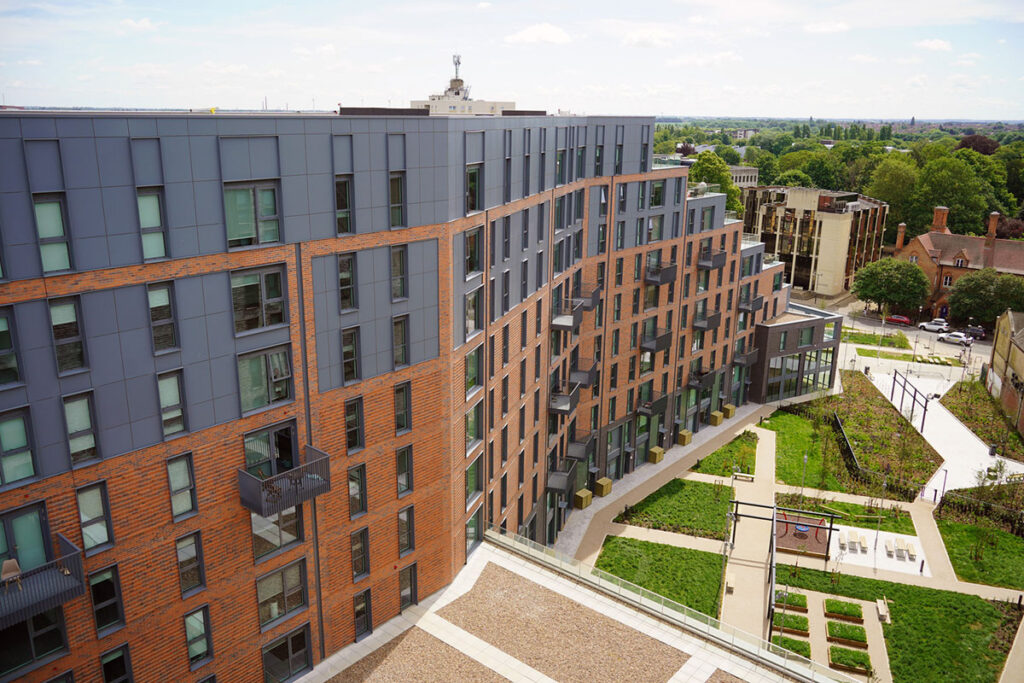
The Gateway Two Approval Bottleneck:
Why is it Stalling
For those still adjusting to the new regulatory framework, Gateway Two has proven challenging. The Building Safety Regulator (BSR) now serves as the sole Building Control Authority for HRBs (high-risk buildings), enforcing a rigorous three-stage “Gateway” process.
Since its introduction in October 2023, the Gateway Two approval process has been lengthy and exacting. In fact, the BSR’s Chief Inspector of Buildings acknowledged significant delays, noting that about 44% of applications get rejected at the initial validation stage simply for missing basic information.
The Deputy Director of the BSR, Tim Galloway, even highlighted that roughly 75% of applications are being turned back due to missing or flawed information, pointing to a widespread lack of design clarity in submissions.
Industry bodies confirm the severity of the backlog. In mid-2024, the Royal Institution of Chartered Surveyors (RICS) raised concerns about Gateway Two delays, spurring discussions between industry leaders and the BSR.
A Freedom of Information request by the Fire Industry Association uncovered eye-opening statistics from the first year of the new regime: from October 2023 to September 2024, 1,018 Gateway Two applications were submitted, but only 146 received approval – a mere ~14% success rate.
Just 25 applications were outright rejected, yet an enormous 847 applications were still awaiting a decision, stuck in limbo. With such a low approval rate and hundreds of projects delayed, it’s no wonder “growing frustration” is rippling through the industry.
What’s going wrong?
Simply put, many submissions aren’t up to scratch under the BSR’s microscope.
Common issues include incomplete documentation, unclear design justifications, and non-compliance with fire and structural safety requirements.
The Smoke Control Association (SCA) has highlighted examples: some designs show smoke extraction systems that could pull smoke from a fire into the very escape routes meant to stay clear. Others lack assurance of fire resistance in critical barriers or omit necessary detectors – basic safety provisions that should never be overlooked.
These pitfalls indicate a lack of early coordination and expert oversight in design. In short, poor design clarity and missing information are clogging Gateway Two.
Efficient Smoke Ventilation Design:
The Key to Faster Approval
There is good news: these Gateway Two setbacks are preventable.
The BSR’s feedback essentially points to one solution – better design up front. Efficient smoke ventilation design, including well-planned smoke shaft design and properly engineered AOV (Automatic Opening Vent) design, can dramatically increase your chances of sailing through Gateway Two.
Why focus on smoke control systems?
Because they are among the most complex and safety-critical elements of a building’s fire strategy, and a frequent source of Gateway Two refusals when designed poorly.
An effective smoke control strategy isn’t simply about ticking regulatory boxes—it’s a vital life-safety solution designed to seamlessly integrate with your building’s architecture and fire safety approach. When your smoke ventilation system is designed correctly to be fully compliant with British standards, you eliminate many common pitfalls that cause regulators to delay or reject your application.
In practice, this means aligning designs with regulations like Approved Document B, BS 9991 and BS 9999 and doing so from the very start. Engaging a competent designer early ensures your smoke ventilation system meets the latest fire safety standards, avoiding the late-stage redesigns that can derail approvals and schedules.
Clarity, Compliance, and the “Golden Thread” of Information
For Gateway Two, clarity of design is vital. The BSR expects a “golden thread of information” – a clear, traceable record of safety-critical decisions woven through your project from concept to completion.
This golden thread is evidence that you’ve integrated fire and smoke safety into the DNA of your design, not as an afterthought but as a core component.
Your submission should clearly document how every aspect of your smoke control strategy makes the building safer and code-compliant.
For example, if you’re using a mechanical smoke ventilation system, explain why and how it meets the required performance. Provide calculations or CFD modelling results that back it up. This level of clarity gives Gateway Two reviewers confidence that nothing has been left to chance.
Clarity also comes from strict code compliance. It’s not enough to have a clever design; it must align with prescribed guidance or a well-justified fire engineering approach.
By collaborating with fire engineers and smoke ventilation experts, you can verify that your design adheres to Approved Document B, BS 9991, BS 9999, and other relevant standards from day one. When the design is clearly compliant on paper and backed by expert analysis, the likelihood of passing through regulators is increased.
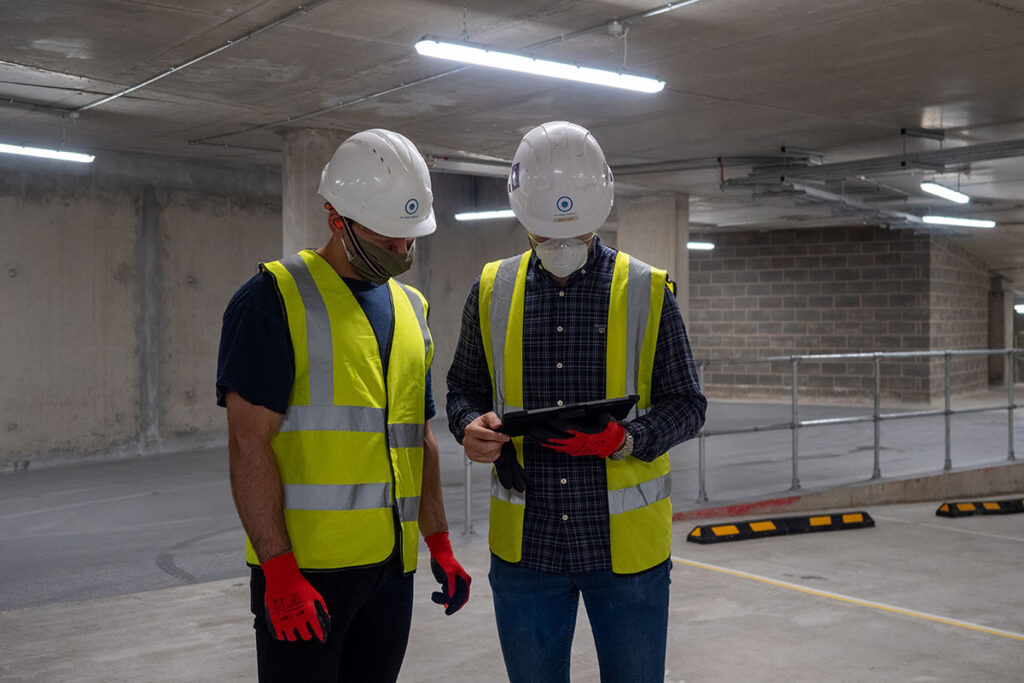
Early Design Integration:
No More Last-Minute Surprises
A common culprit behind Gateway Two woes is leaving critical details to the last minute.
Smoke control systems often interface with various parts of the building, including the architectural layout (such as corridors and shafts), as well as mechanical and electrical systems (power supplies, control panels, and detectors). If you only address smoke ventilation at the eleventh hour, you risk spatial conflicts and design clashes.
Ever seen a project scramble because the shaft wasn’t big enough for the smoke extract duct? Or because the AOVs conflicted with structural beams? It happens, and it can be fatal to your Gateway Two timeline.
Early collaboration between smoke ventilation specialists and the design team prevents costly mistakes.
Bringing in a smoke ventilation specialist early ensures that you can coordinate effectively between disciplines. They’ll work alongside your architects, M&E consultants, and structural engineers to incorporate the smoke control system seamlessly into the building design.
This proactive approach prevents issues like insufficient shaft space or service clashes, problems that often arise if smoke control is bolted on as an afterthought.
The result? A smoother design phase with no eleventh-hour redesigns and a Gateway Two submission that stands on solid ground.
Early integration also drives cost efficiency. A specialist can optimise the system to meet safety requirements without over-engineering. When budgets are tight, avoiding over-design pays off.
Just as importantly, an optimised design that’s fully documented helps maintain that golden thread of information, so that if regulators ask, “Why this approach?” you have clear answers ready.
By contrast, late changes to appease the BSR can lead to expensive retrofits and delays, and without clear records, those changes become hard to justify.
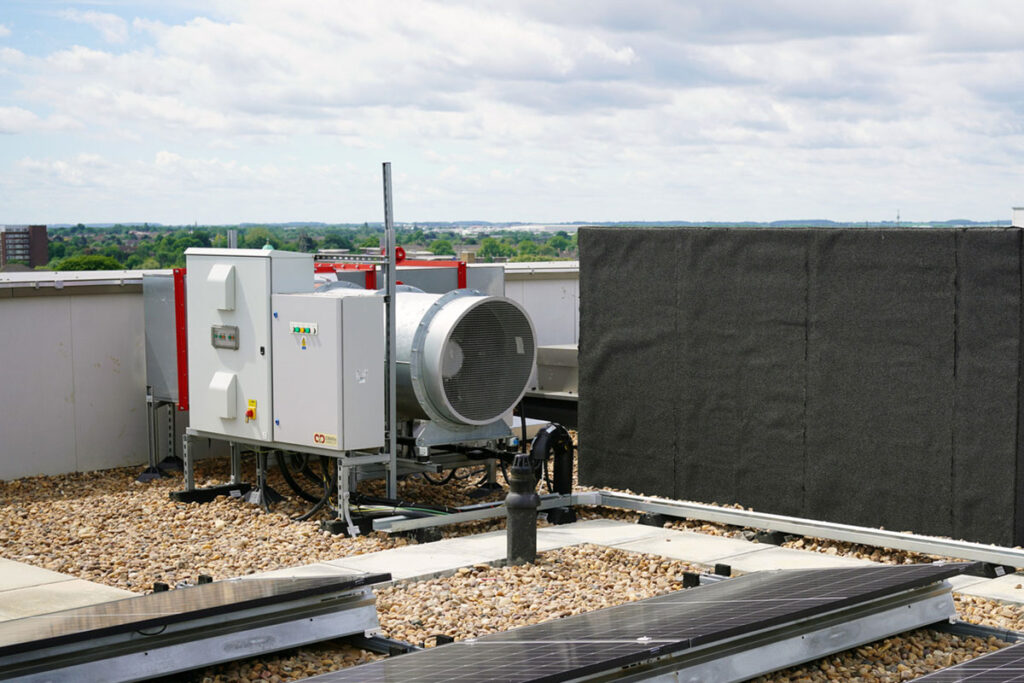
Benefits of a Proactive Approach:
Steps to Success
To recap, here are the key ways that efficient smoke ventilation and fire safety design can turn Gateway Two from a nightmare into a mere formality:
Design Right, Design Early
Engage smoke ventilation and fire engineering experts from the start. A fully compliant design submitted upfront reduces the risk of BSR rejection.
Integrated Systems, No Conflicts
Make sure the smoke ventilation design is integrated with your architectural and M&E plans. Early collaboration prevents “square peg in a round hole” issues like ill-placed shafts or vents clashing with other services.
Golden-Thread Documentation
Maintain a clear paper trail of fire safety decisions to ensure transparency and accountability. When your submission includes transparent, well-organised documentation (calculations, drawings, rationale), it gives the BSR confidence. A well-documented design dramatically lowers the chance of extra scrutiny or rejection.
Code Compliance and Clarity
Double-check everything against Approved Doc B and relevant BS standards. If you address the code requirements in plain detail – for example, demonstrating that your smoke control system keeps escape routes clear and meets airflow criteria – you’re speaking the BSR’s language. They want to see that nothing is left to interpretation or assumption.
Future-Proofing
Lastly, design with an eye on upcoming regulations. The rules evolve, and showing that your smoke control strategy is adaptable (or even ahead of the curve) can only help. It signals that you and your team are not just compliant, but truly competent and forward-thinking.
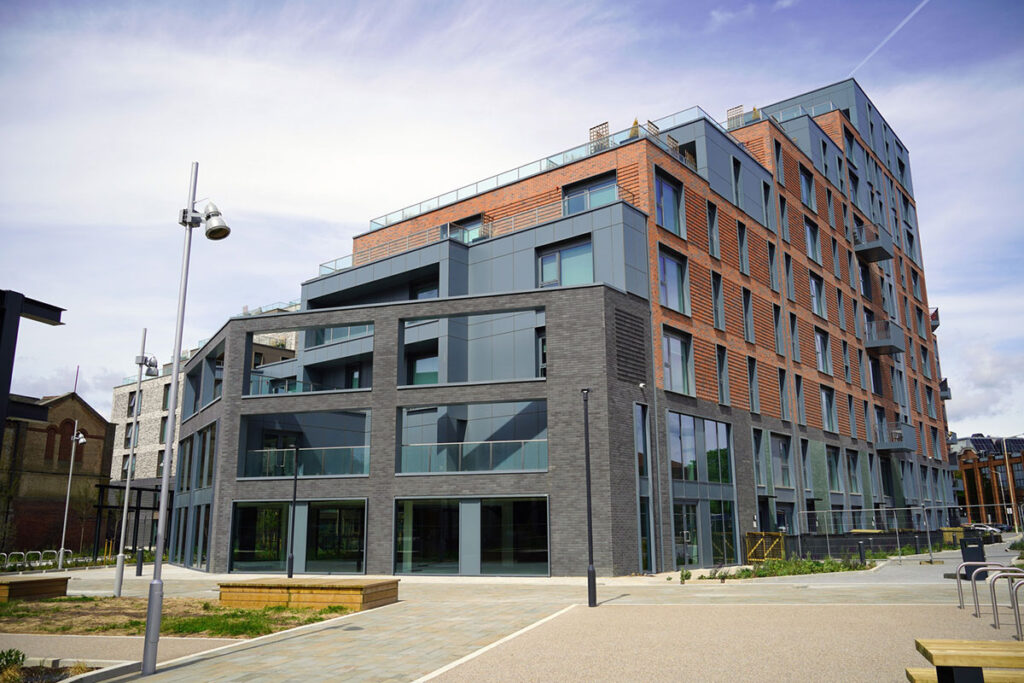
FDS Contracting:
Your Partner in Gateway Two Success
FDS Contracting is a leading specialist in smoke ventilation design, installation, and commissioning, helping contractors and developers successfully navigate the complexities of Gateway Two approvals under the new Building Safety Regulator (BSR) framework.
Our approach emphasises early integration and strict compliance principles backed by our industry-leading SCA IFC SDI 19 certification. This mark of excellence assures you that our team consistently delivers robust, fully compliant smoke control systems, expertly designed to integrate seamlessly into your building’s architecture and safety strategy, eliminating the risk of costly redesigns or regulatory delays.
With over 20 years of experience, FDS Contracting understands the nuanced requirements of smoke ventilation, smoke shaft, and AOV design.
Our proactive and detailed approach ensures that every critical element is carefully considered from the outset, enabling your project to pass smoothly through Gateway Two approval without setbacks.
Don’t leave your project’s approval to chance; Partner with FDS Contracting today and ensure your smoke ventilation design is compliant, efficient, and approval-ready from day one.

